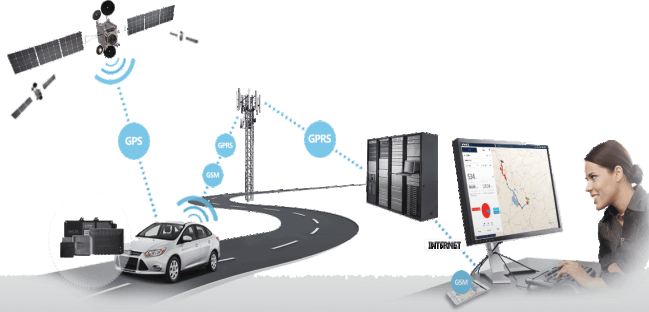


The whole purpose of a vehicle is to move people and/or their goods from one place to another. Whether it’s someone trying to get to office in time or someone trying to deliver to that office on time, there’s plenty of things to check and balance:
Current location Destination Schedules Traffic Preferred Routes
Diversions along the way Parking once you’ve arrived Fuel levels
Managing a fleet of vehicles is more challenging because you’re also balancing:
Rising fuel costs Mounting maintenance
costs Safety concerns
all the while driving a c o m m i t m e n t t o e x c e l l e n t customer service.
Fleet managers and other logistics professionals have, over decades, developed several tried and tested strategies to address these concerns.
GPS vehicle tracking is among the most popular options out there, and several fleet management systems have been developed over the years that allow fleet operators to track vehicles using realistic maps and views generated from GPS data.
Let us begin with GPS. GPS stands for Global Positioning System.
It’s a navigation system that u s es s atel l i tes i n s pace to triangulate a position on earth.



It’s a pretty simple setup. A receiver on the ground listens to signals that the orbital satellites beam down,signals that contain information on the satellites’ precise co-ordinates. Receivers gauge how long it takes these signals to reach them, and by comparing signals from at least three satellites, it’s possible to pinpoint the receiver’s exact position on the Earth through triangulation.

